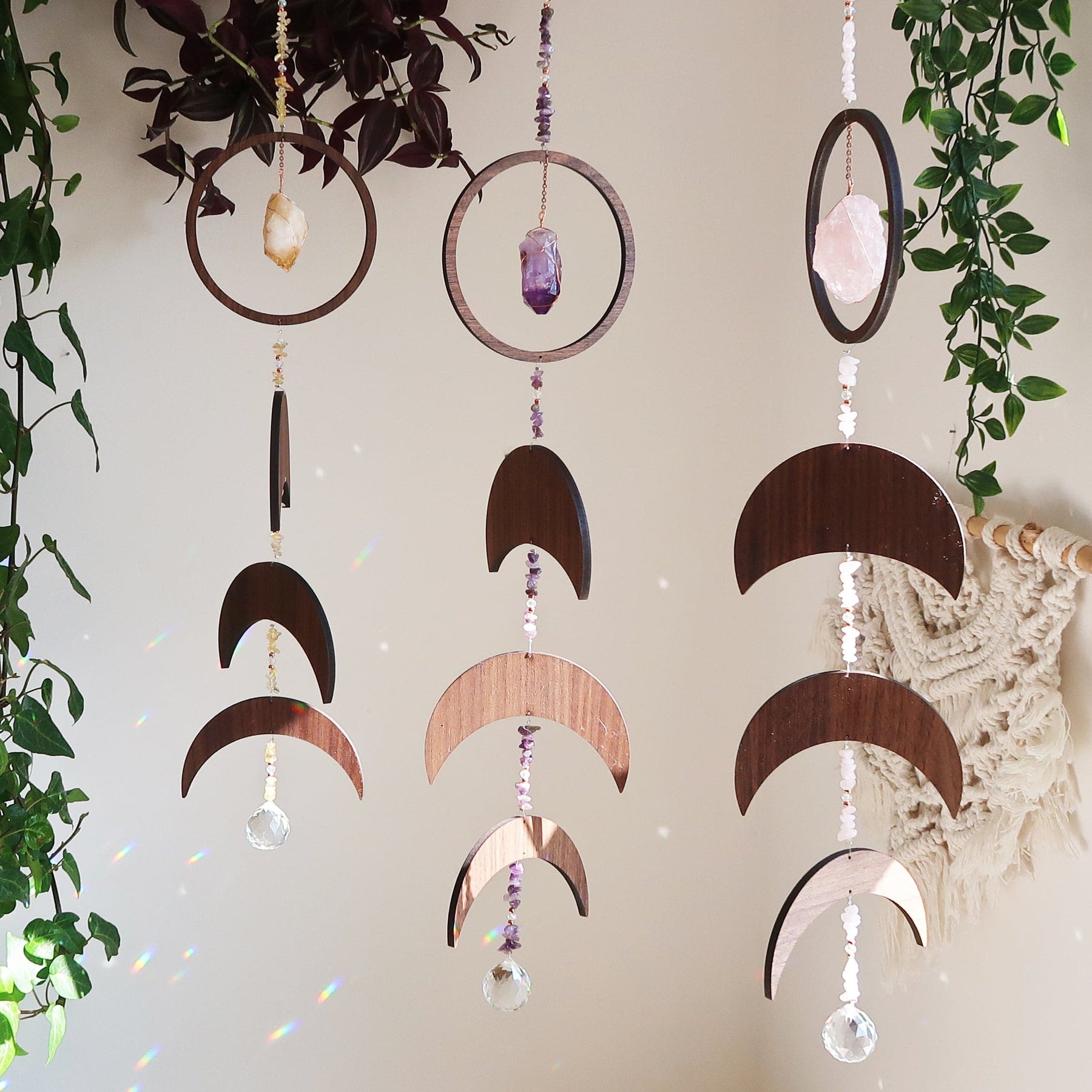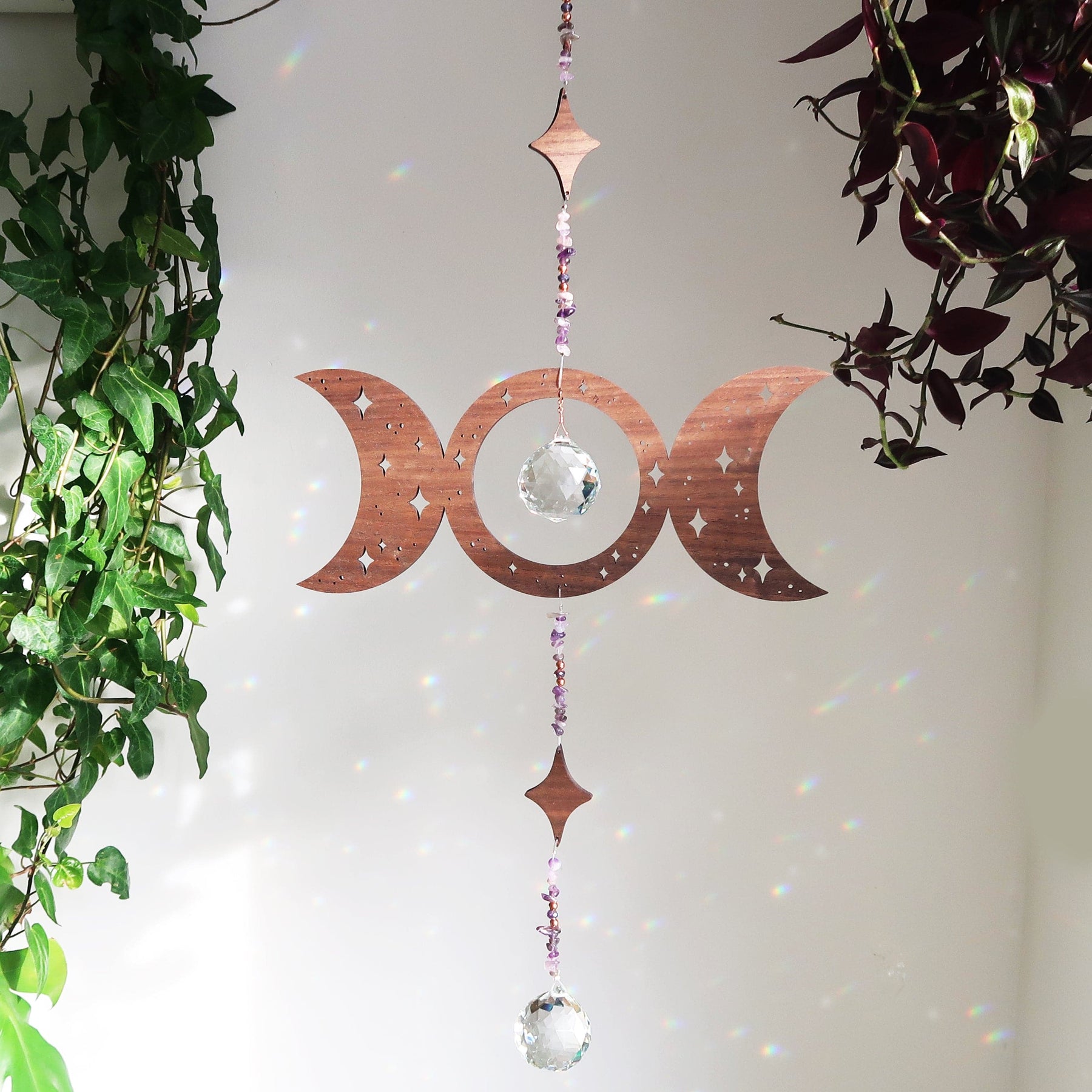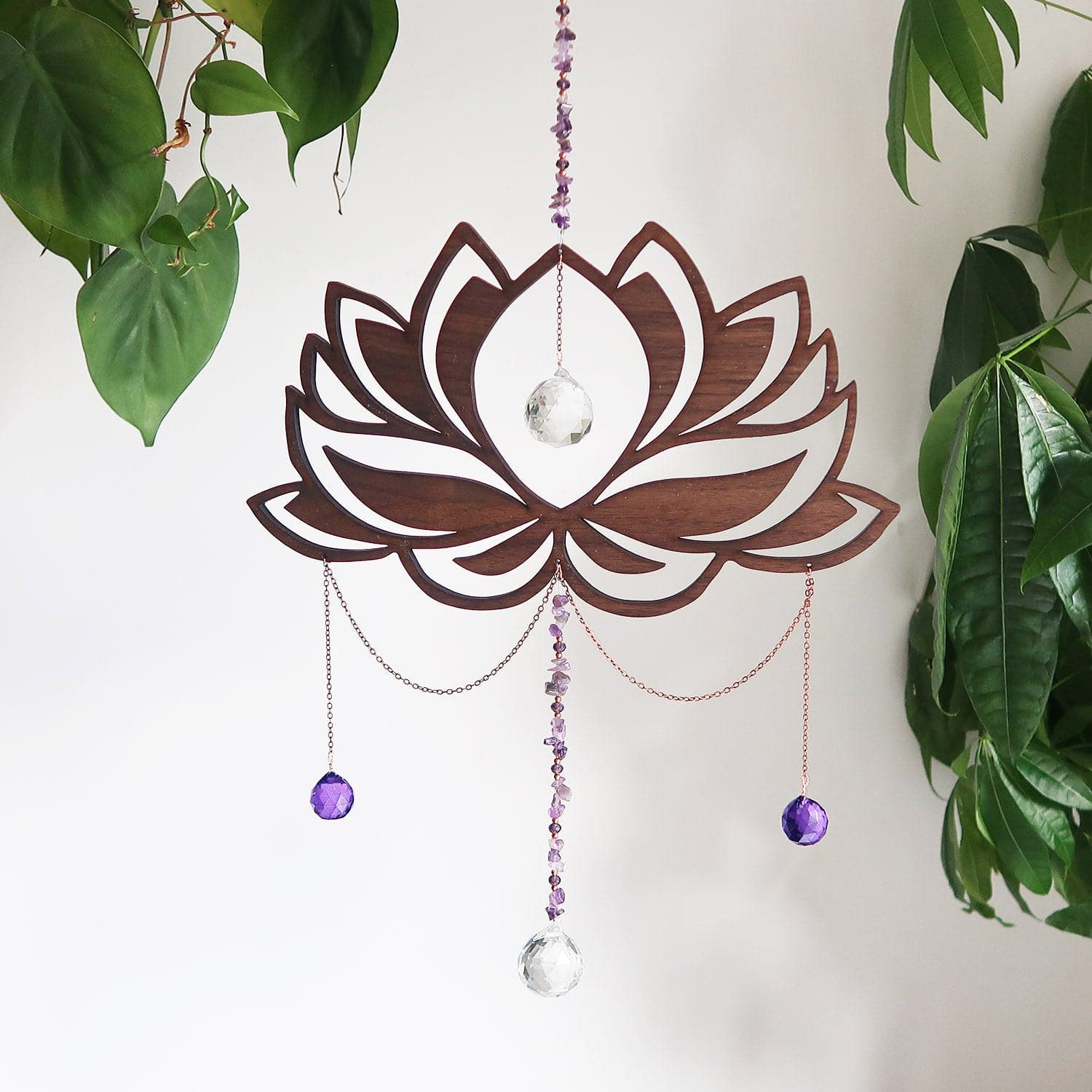Do Suncatchers Need Direct Sunlight? Surprising Facts
I remember the day I hung my first crystal suncatcher in my bedroom window. I was so excited to see rainbows dancing across my walls, but that day turned out to be completely overcast.
Disappointed, I almost took it down—until late afternoon when a brief break in the clouds sent magnificent rainbow prisms shooting across my room. That moment taught me something fascinating about these magical decorations.
The surprising truth is that suncatchers don't always need direct sunlight to create their enchanting effects—they can work with various light sources in surprising ways.
Let's explore seven illuminating facts about suncatchers and the light they need to shine their brightest.

1. Indirect Light Creates Subtle Magic
Contrary to popular belief, suncatchers don't require intense direct sunlight to function.
Even on cloudy days or in rooms with indirect light, quality crystal suncatchers can create delicate, ethereal light effects.
The diffused light passing through clouds can actually create softer, more nuanced rainbow patterns than harsh direct sunlight.
Top tip: On overcast days, hang your suncatcher near a white wall to better catch the subtle light reflections that might otherwise go unnoticed.
2. Direction Matters More Than Intensity
Our Goddess Crystal Suncatcher is a perfect example of how placement can be more important than light intensity. This beautiful wooden suncatcher features the triple moon Goddess symbol (Maiden, Mother, and Crone) and comes with your choice of Amethyst or Rose Quartz crystals.

This is just one of our full range of beautiful suncatchers that you can check out here.
The direction your window faces can have a greater impact on your suncatcher's performance than the brightness of the day.
East-facing windows receive morning light, which tends to be softer and creates gentle prism effects.
West-facing windows capture afternoon and evening light, often producing more dramatic and colorful displays as the sun lowers.
South-facing windows (in the Northern Hemisphere) receive the most consistent light throughout the day.
Best placement strategies:
- East windows: Morning meditation spaces
- South windows: All-day ambient effects
- West windows: Evening rainbow displays
- North windows: Pair with mirror to amplify limited light
3. Artificial Light Can Work Too
On a winter evening last year, I discovered something unexpected when I turned on my reading lamp. My suncatcher, hanging nearby, suddenly cast tiny rainbows across my book.
Many people don't realize that artificial light sources can activate suncatchers too.
Some crystal prisms work surprisingly well with strong LED or halogen lighting, casting miniature rainbows even in completely darkened rooms.
Try experimenting with:
- Directional desk lamps aimed at your suncatcher
- String lights placed behind crystal elements
- Spotlights positioned at strategic angles
- Flashlight "light shows" for children's entertainment
4. Movement Enhances the Effect
Our Small Lotus Flower Suncatcher Sphere Holder illustrates this principle beautifully. Made with Walnut wood and rose gold chain, this elegant piece comes with sparkly suncatcher prisms and can hold crystal spheres between 20-40mm.

You can check out the Small Lotus Flower Suncatcher Sphere Holder here.
Slight movement of your suncatcher dramatically multiplies the light effects, turning a few static rainbows into a dynamic light show.
Natural air currents from open windows, heating vents, or simply walking past can create gentle movement. The crystal sphere in this holder adds another dimension to light refraction, creating both prism effects and focused light points.
For maximum movement effects:
- Hang your suncatcher where it can gently sway
- Position near (but not too close to) air vents or fans
- Use longer hanging chains to allow natural movement
- Choose designs with multiple dangling elements
5. The Crystal Type Makes a Difference
Different crystals interact with light in unique ways, which is why we offer various options in our suncatchers.
Clear quartz creates the most vibrant rainbow prisms, while colored crystals like amethyst or rose quartz add their own hue to the light they cast.
Our sphere holders can accommodate different crystal types, each producing distinctive effects:
- Clear Quartz: Maximum rainbow production
- Amethyst: Purple-tinted light patterns
- Rose Quartz: Soft pink-hued reflections
- Tiger's Eye: Golden striped light patterns
- Obsidian: Subtle, darker reflections
Expert insight: For rooms with limited natural light, clear quartz or clear aurora quartz will produce the most noticeable effects even in minimal lighting conditions.
6. Size and Design Impact Light Requirements
Our Amethyst Lotus Flower Suncatcher exemplifies how design influences light interaction. This wooden suncatcher features the spiritual lotus flower symbol complemented by crystals that create amazing sparkling prisms and real copper beads.

This is just one of our multiple suncatchers that you can find our beautiful collection here.
Larger crystal elements require less intense light to create visible effects, while intricate designs with smaller crystals need stronger light sources.
The copper elements in this suncatcher add warmth to the light reflections, creating a unique interplay between the metal's glow and the crystal's rainbow effects. The amethyst crystals add their subtle purple energy to the rainbow patterns they cast.
Design features that affect light requirements:
- Crystal size and cut (larger facets need less light)
- Number of crystal elements (more crystals = more potential reflections)
- Complementary materials (copper, brass, or silver accents enhance effects)
- Background color (darker woods provide more contrast for rainbow displays)
7. Seasonal Adjustments Keep the Magic Alive
The angle of the sun changes dramatically with the seasons, especially in northern or southern regions.
Repositioning your suncatchers seasonally ensures you'll enjoy their effects year-round, despite changing sun patterns.
In summer, when the sun is higher, hanging suncatchers higher in your window maximizes their effect. In winter, when the sun is lower, position them in the middle or lower portion of your window.
Seasonal suncatcher strategies:
- Spring/Summer: Position higher in windows; east/west windows become more effective
- Fall/Winter: Position lower in windows; south-facing windows become optimal
- Solstice celebrations: Create intentional suncatcher arrangements to mark these special days
- Rainy seasons: Add mirror tiles near suncatchers to amplify limited light
Remember, suncatchers are for indoor use only. The materials, including the wooden elements and adhesives, aren't designed to withstand outdoor weather conditions.
With these insights, you can now position your suncatchers for maximum effect regardless of direct sunlight availability. These beautiful decorative items are far more versatile than most people realize, bringing magic to your home in all kinds of lighting conditions.

About the Author
Janie Fagan is the lead writer and resident crystal expert at Coppermoon.
With over 20 years of experience in spiritual practices and crystal work, Janie comes from a lineage of spiritualists and crystal healers who have passed down their wisdom through generations.
Her approach combines traditional knowledge with practical, modern applications, helping readers create sacred spaces that honor both ancient traditions and contemporary needs.
When not writing or working with crystals, Janie can be found tending to her moon garden, practicing sound healing, and exploring the connection between celestial movements and earth energies.
She believes that everyone deserves access to the tools and knowledge that make spiritual practice accessible and meaningful in everyday life.


Leave a comment